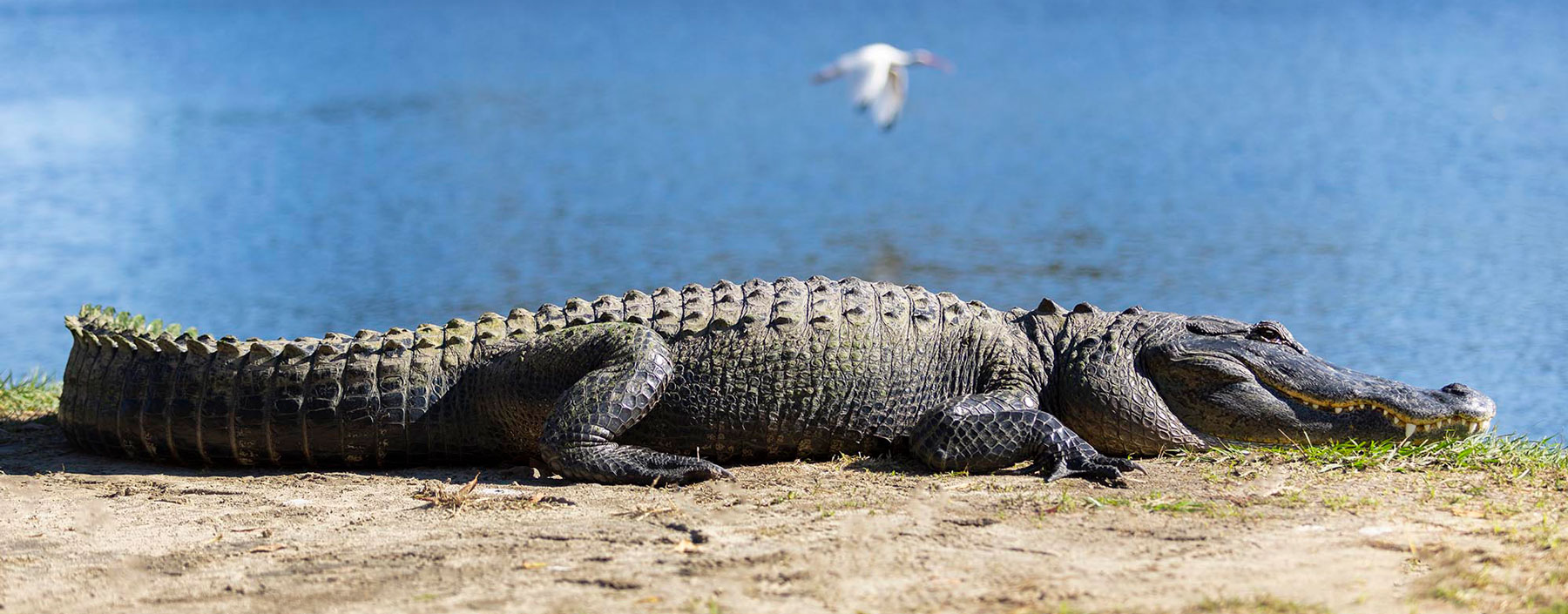As Nature Photography Day approaches on June 15, we asked Brianne Lehan, a photographer and videographer with the University of Florida’s Office of Strategic Communications and Marketing, for some tips to help amateurs improve their nature photos. She’s taken extraordinary nature photos around the country, but some of our favorites are of landscapes and wildlife right here on the UF campus.
Here are her top tips.
A great location might look just so-so in harsh midday light, while an ordinary location could look stunning in the morning or evening. Pay attention to the light at different times of day to create more dramatic photos that show a place to its advantage.
Shallow depth of field that blurs the background of a photo (like the squirrel photo above) can keep the emphasis where you want it in a landscape or wildlife photo, but you don’t have to have an expensive camera to pull it off. “The new iPhone can do shallow depth of field really well, and even older phones can,” Lehan says. Get familiar with your phone’s photo capabilities —like the panoramic shot below — since it’s the camera you’re most likely to have with you.

Composition techniques such as symmetry can elevate a nature photo from a pretty picture to something much more intriguing, Lehan says.
With a campus that’s also an Audubon Sanctuary, UF photographers naturally take lots of wildlife photos — but they always keep a respectful distance, for their safety as well as the safety of the animal.
“When people get too close and end up having an interaction with an animal, a lot of times it’s the animal that winds up bearing the consequences afterward,” Lehan says.
She suggests observing the guidelines of the North American Nature Photography Association, which are designed to protect people, places and wildlife.

For more tips from Lehan, including a common mistake people make when taking photos of their pets, check out our conversation on SoundCloud.